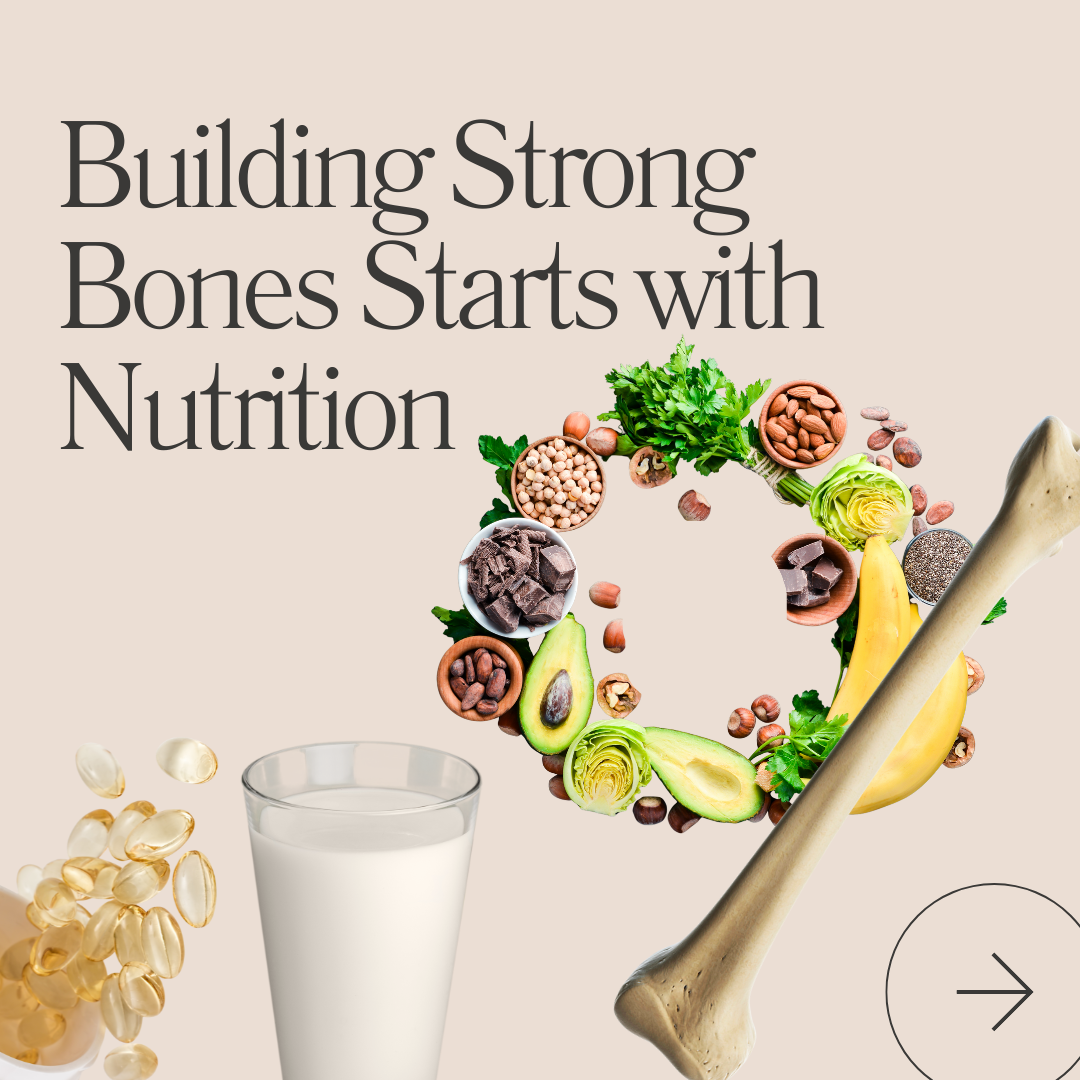Acupuncture involves inserting thin needles into the skin at specific points on the body (meridians – strings connecting acupuncture points) to restore and balance the qi (energy of the mind and body) and promote health.
Many health practitioners and patients believe that acupuncture is an effective treatment for back pain.
However, several well-designed studies have suggested that real acupuncture and sham (i.e. fake) acupuncture are equally effective.
In a study by Cherkin et al. (2009), 638 adults with persistent low back pain were randomly allocated to one of four groups:
- Acupuncture needles placed in an individualised pattern according to acupuncture philosophy
- Acupuncture needles placed in a standardised pattern
- Sham acupuncture (toothpicks touching but not penetrating the skin) in a standardised pattern
- Usual care.
Interestingly, all three acupuncture groups showed almost the same symptom relief both short-term and long-term, and these three groups improved more than the usual care group.
It does not matter where you stick the needles or even if you stick them through the skin. If needle placement and penetration do not matter, then the philosophy of acupuncture means nothing.
What instead could explain how all three treatment groups improved?
Perhaps these groups improved through placebo or non-specific effects. For instance, the participant received attention from their acupuncturist, the treatment was delivered in a relaxing environment, or the participant had positive expectations of the treatment.
While this is just one study, the totality of scientific evidence likewise questions how acupuncture works.
--
References:
- Cherkin et al. (2009) (PMID: 19433697)
- Image source: https://www.flickr.com/photos/nyctcm/2992644973






